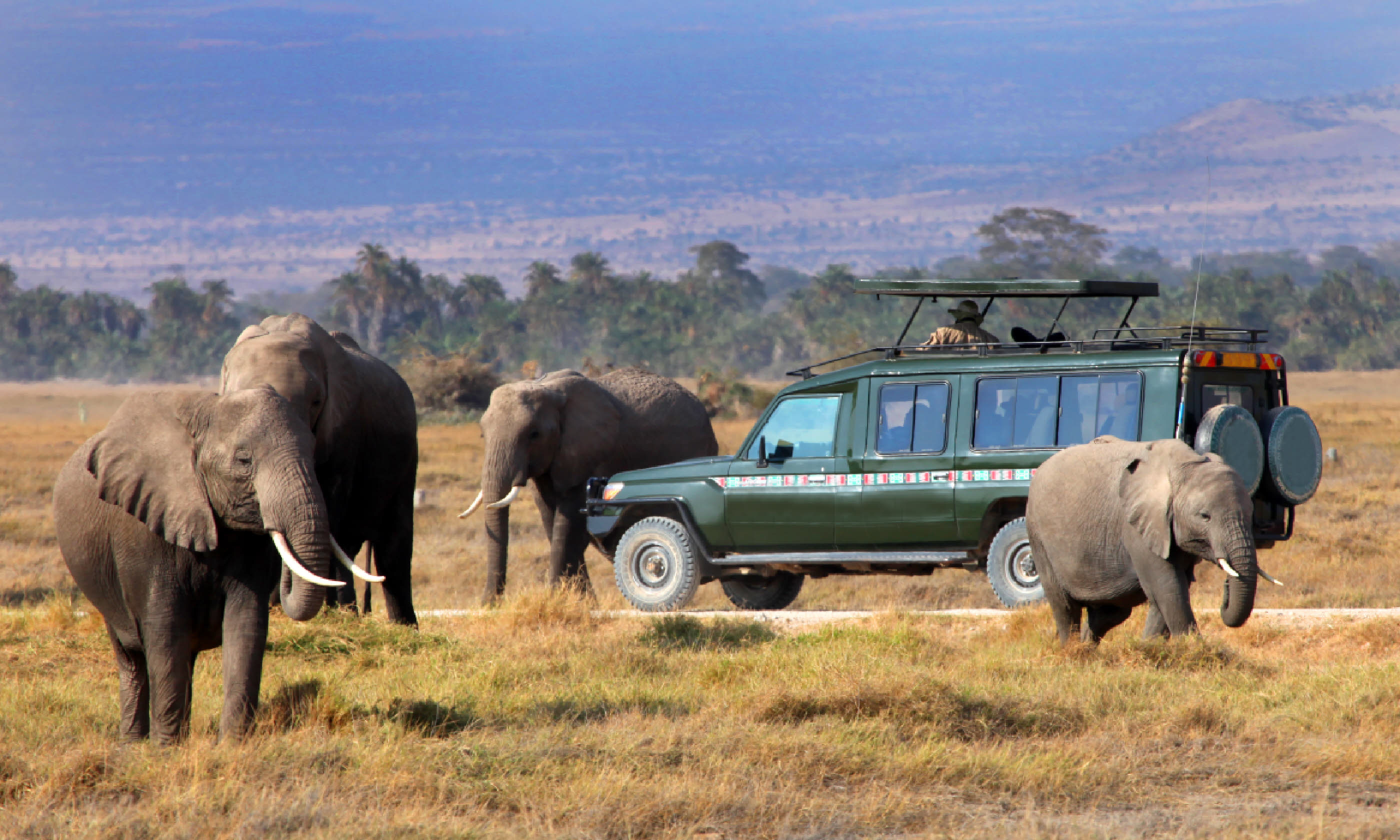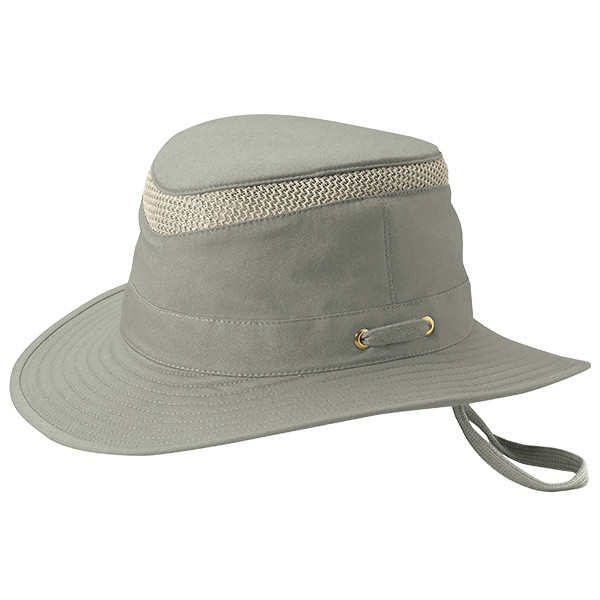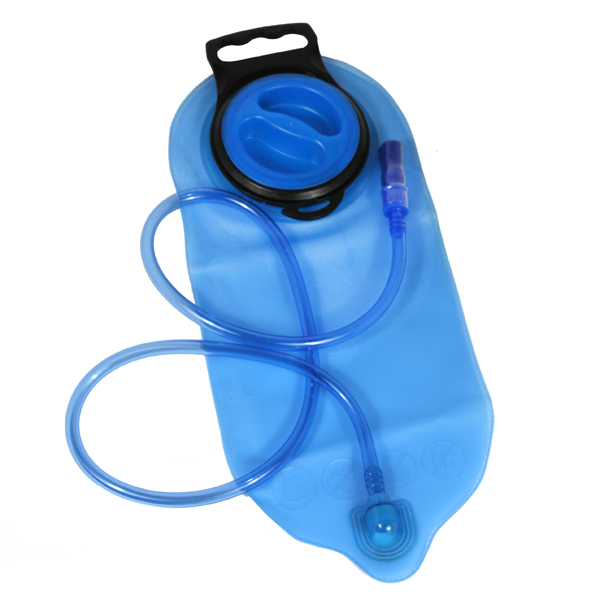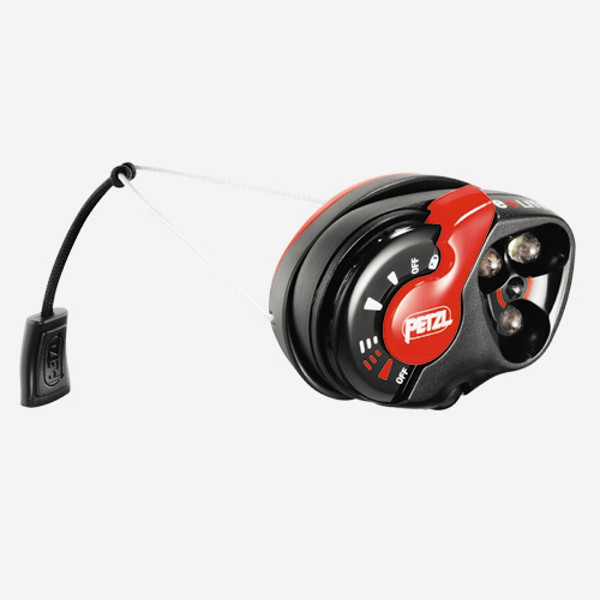
What to pack when you're... going on safari
Whether you're on a bush walk or game drive, don't leave camp without this essential safari kit
Dehydration, bumpy tracks, scratched legs, eye strain – safaris can take their toll if you don't pack the right clothes and gear. Invest in this packing list and you won't miss a moment...
Want to save money on your safari kit? Wanderlust readers save 20% off every online order with Nomad Travel – click here to see the code
For daytime...
 Sun hat
Sun hat
Most safaris are on or around the equator where the sun beats down directly from above. A brimmed hat (such as a
Tilley) will help protect your neck and nose. A baseball cap won't protect your neck, so either get one with a flap at the back or buy a scarf or Buff. Get some long-lasting high-factor sun cream, too.
Sunglasses
The glare of the sun can be intense, so choose a pair of decent glasses with high-level protection. Secure them with a neck cord retainer so they don’t fall off when you're bouncing around on the back of the 4x4.
 Water bottle
Water bottle
You really don't want to get dehydrated on safari. A 1-litre bottle is not enough for a day in the bush, so you should consider a 2-litre bottle or a couple of 1-litre bottles. If you're on a walking safari, consider buying a water bladder with a tube – it fits in your day sack and allows you to drink easily. The most well-known water bladder brand is Camelbak, although there are now many alternatives including
Nomad's Travelproof Water Chamber. Also, consider packing some rehydration sachets to give yourself a boost when needed.
Binoculars
Chances are, the wildlife will be incredibly well camouflaged – your guide will point it out and you’ll still find it hard to see. Invest in good quality powerful binoculars and don’t miss a trick. It’s a good idea to get your pair well before you go so that you can get used to them.
 Solar charger
Solar charger
The bright African sun is perfect for using solar power when you need to charge your gadgets. There are plenty of solar chargers on the market, but the
Power Traveller Adventurer Charger – is a stand-out product. It is simple to use and does exactly what it promises.
Boots, socks and ankle gaiters
If you are on a walking safari (or plan on going walkabout at any stage), these three products are of utmost importance. Thorns, broken ground, grit and prickly bushes are some of the hazards you will come across (don’t worry too much about the snakes and scorpions!), so a good pair of ankle-height desert boots is a must. They don’t need to be too expensive. The
Roamers Adventure Travel Boot is a durable option with a strong grip.
You should also consider short ankle gaiters for an extra bit of protection. Finally, socks should be cushion soled but try to avoid pairs with loop stitching anywhere above the sole. Once you get some African bush in them you’ll never pick it out, and it will annoy you to death and irritate the skin.
For night-time...
Insulated jacket
At night, temperatures drop quickly, so if you're game-watching in the dark (a very static activity) you'll probably feel the cold. Abandon the conventional bulky fleece and invest in a pack-away insulated jacket. They pack down extremely well, offer much more insulation than a fleece, and some can even be converted into a small pillow.
 Head torch
Head torch
This is essential. A head torch will keep your hands free, but probably the most important feature to look for is a red light option. Red light will keep your night vision intact, and it won't attract insects and moths. Critically, it is also less conspicuous when you're watching wildlife. A great lightweight head torch option is the
Petzl E+Lite.
Insect repellent
Night-time is when most of the mosquitos come out, so take care – especially if you're in a malaria risk area. Use a long-lasting repellent so you don't have to keep re-applying.
Want to save money on your safari kit? Wanderlust readers save 20% off every online order with Nomad Travel – click here to see the code

 Sun hat
Sun hat  Water bottle
Water bottle Solar charger
Solar charger Head torch
Head torch